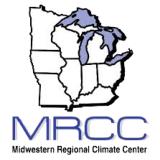Major Drought Concerns Remain in the Great Plains Moving into Spring.
Watch the recording from the February 17 North Central Climate and Drought Outlook Webinar for additional information and context.
Key Points
- Drought has persisted since last year across portions of the North Central U.S. While winter precipitation has brought some relief to areas like Montana and North Dakota, other places have remained the same, or worsened.
- Moderate to exceptional drought (D1–D4) remains across much of the Great Plains (Colorado, Kansas, Montana, Nebraska, North Dakota, South Dakota, and Wyoming), and portions of the upper Midwest (Illinois, Iowa, Minnesota, and Wisconsin) are experiencing moderate to severe drought (D1–D2).
- Winter snowfall and snowpack is below normal in many areas, which is especially detrimental to regions that rely upon a seasonal snowpack (e.g., Northern Great Plains, Upper Midwest).
- The lack of snowfall and overall precipitation/moisture has already led to increased wildland fires in Kansas, Nebraska, and South Dakota; damaged winter wheat and cover crops in Colorado, Nebraska, and South Dakota; reduced livestock ponds in South Dakota for the upcoming season; and lessened recreational activities like skiing and snowmobiling in South Dakota and Wisconsin.
- The U.S. Seasonal Drought Outlook shows the likelihood of drought persistence through the end of May across areas that are currently in drought, particularly the Great Plains and portions of the Upper Midwest.
- The persistence of drought throughout the spring season raises major concerns for agriculture, wildfire, water supply, recreation, and ecosystems in the Great Plains. More moisture—whether that is in the form of snow or rain—is needed in order to alleviate concerns, and unfortunately the seasonal outlook is not showing this relief is likely.
Current U.S. Drought Monitor map for the National Weather Service Central Region with data valid for February 22, 2022. The U.S. Drought Monitor (USDM) is updated each Thursday to show the location and intensity of drought across the country. Drought categories show experts’ assessments of conditions related to dryness and drought including observations of how much water is available in streams, lakes, and soils compared to usual for the same time of year.
U.S. Drought Monitor Categories
Current U.S. Drought Monitor map for the National Weather Service Central Region with data valid for February 22, 2022. The U.S. Drought Monitor (USDM) is updated each Thursday to show the location and intensity of drought across the country. Drought categories show experts’ assessments of conditions related to dryness and drought including observations of how much water is available in streams, lakes, and soils compared to usual for the same time of year.
Current Conditions
- Moderate to exceptional drought (D1–D4) remains across much of the Great Plains (Colorado, Kansas, Montana, Nebraska, North Dakota, South Dakota, and Wyoming), and portions of the Upper Midwest (Illinois, Iowa, Minnesota, and Wisconsin) are experiencing moderate to severe drought (D1–D2).
- Drought has persisted since last year across portions of the North Central U.S. While winter precipitation has brought some relief to areas like Montana and North Dakota, other places have remained the same, or worsened by one to two categories on the U.S. Drought Monitor (Figure 1).
- Winter precipitation has been only 5%–50% of normal across a broad portion of the Great Plains, with the exception of eastern North Dakota, eastern Colorado, and portions of Wyoming and Montana. In the Midwest, winter precipitation has been 25%–70% of normal in a wide swath across Iowa, Wisconsin, and Michigan.
- Below-normal snowfall has led to below-normal snowpack in many areas across the North Central U.S., which is especially detrimental to areas in the region that rely upon a seasonal snowpack to recharge soils, refill reservoirs and streams, sustain ecosystems, and for fire suppression (e.g., Northern Great Plains, Upper Midwest). Snowfall is 10%–25% of normal in portions of South Dakota and Nebraska (Figure 2).
- Soils remain dry for portions of the region, which is a concern ahead of the growing season. Soil moisture is particularly low across northern Illinois/southern Wisconsin/eastern Iowa, as well as Nebraska, Kansas, and the eastern plains of Colorado (Figure 3).
- Ponds and streams are reportedly lower than normal in many areas experiencing drought; however, U.S. Geological Survey streamflow data are not currently available at northern latitudes in winter. Streamflow is above-normal across the Ohio River Basin, which has heightened risk for flooding this spring in this area, with near- to below-normal streamflow elsewhere.
Figure 1. 8-Week U.S. Drought Monitor Change Map (Since December 28, 2021)
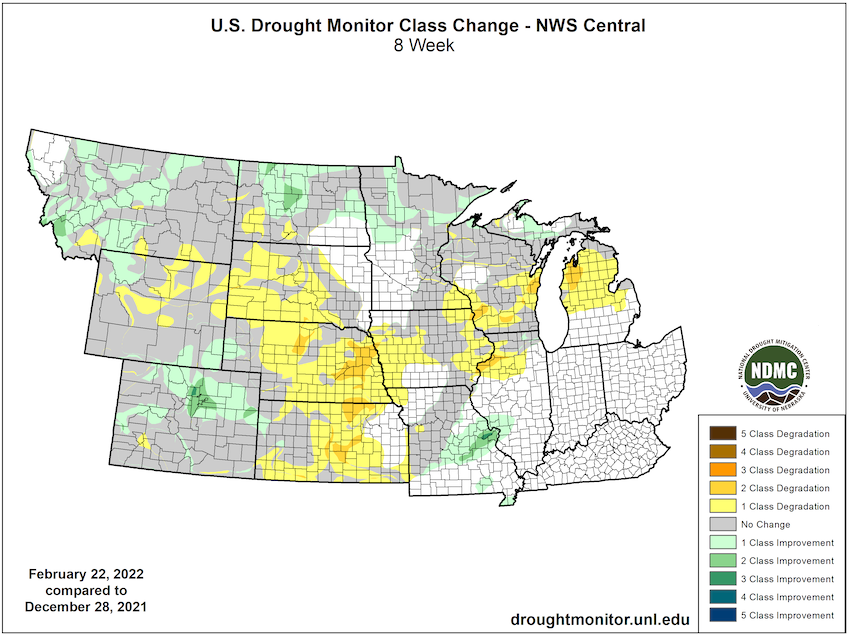
Figure 2. Snowfall Percent of Normal: October 1, 2021–February 22, 2022
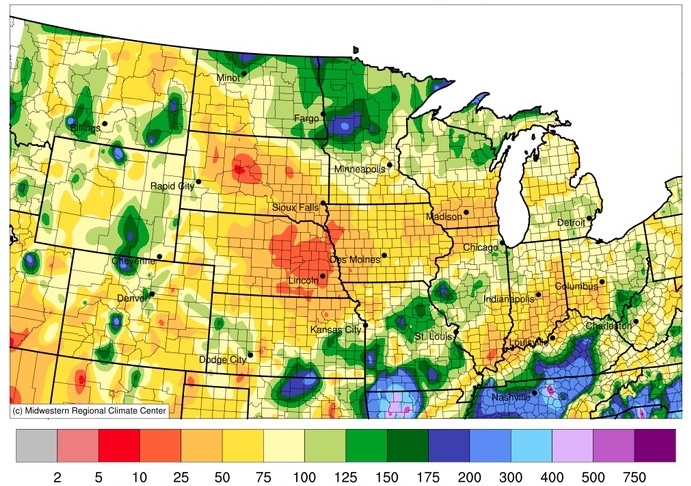
Figure 3. Past Month Top 1-Meter Soil Moisture Percentile (valid February 19, 2022)
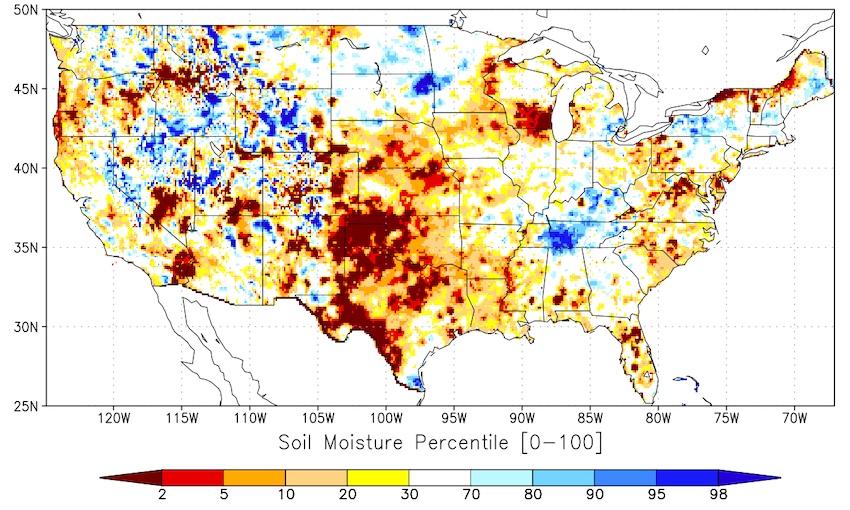
Impacts
- Overall, the lack of snowfall and precipitation has created significant wildfire issues across Kansas, Nebraska, and South Dakota. The Kansas Governor issued a state of disaster emergency on February 15 due to the elevated fire danger and red flag warnings that were in effect across the state. In South Dakota, 430 acres burned near the Black Hills in early February, which is unusual for this time of year. The fire risk will remain until these areas get heavy snowfall and/or widespread rainfall, and could potentially increase as temperatures increase seasonally.
- The below-normal snowpack in most of the Missouri River Basin will likely have a negative impact on water supply this spring as it is unlikely that upcoming precipitation will make up the deficit at this point in the season.
- The dry winter conditions are affecting winter wheat and cover crops in Colorado, Nebraska, and South Dakota. A dry and warm fall made winter wheat germination and establishment difficult, and now moisture is needed before spring growth for success of the crop. Extreme cold is also a danger to winter wheat without the insulating snow to protect the crop.
- Last year presented challenges for livestock production in the Northern Great Plains, and many growers are concerned about the upcoming year as well. The lack of precipitation has resulted in a loss of surface water, shown by stock dam levels dropping. Unless things turn around immediately and significantly, forage is going to be a major issue again this year in the Plains.
- The lack of snowfall has negatively impacted the recreation and tourism industry, as snowmobiling and skiing is down in many states across the North Central U.S.
Report your drought impacts through the Condition Monitoring Observer Reports (CMOR):
Outlooks and Potential Impacts
- The Climate Prediction Center's precipitation outlook for March shows an increased chance for below-normal precipitation in Colorado and western Kansas and Nebraska. There is a higher likelihood of above-normal precipitation across much of the Great Lakes/Ohio River Valley, which could lead to some potential drought relief in the Upper Midwest. For other portions of the region, there are equal chances for above-, near-, or below-normal precipitation, leaving some uncertainty in the likelihood for drought relief (Figure 4).
- March temperatures are expected to be above normal across a majority of the North Central U.S., which could lead to early break in dormancy and the potential for drying out the soil more quickly. Portions of the Northern Great Plains (eastern Montana, North Dakota, Wyoming) have equal chances for above-, near-, or below-normal temperatures.
- Looking throughout the spring season, the U.S. Seasonal Drought Outlook shows drought persistence is likely through the end of May across the areas that are currently in drought in the North Central U.S. There is a small portion of northern Minnesota where drought removal is likely (Figure 5).
- The persistence of drought throughout the spring season across areas already in significant drought raises major concerns for agriculture, wildfire, water supply, recreation, and ecosystems. While too much water is not ideal, farmers do need more moisture in the ground ahead of the growing season. Livestock producers need more precipitation to refill surface ponds and to grow adequate feed for their livestock. Wildfire risk is already unusually high this early in the season across portions of the Great Plains. Water supply and navigation along the Missouri River Basin will likely be impacted by the lack of snowpack since it will be hard to make up the existing deficit this late in the season.
Figure 4. Monthly Precipitation Outlook: March 2022
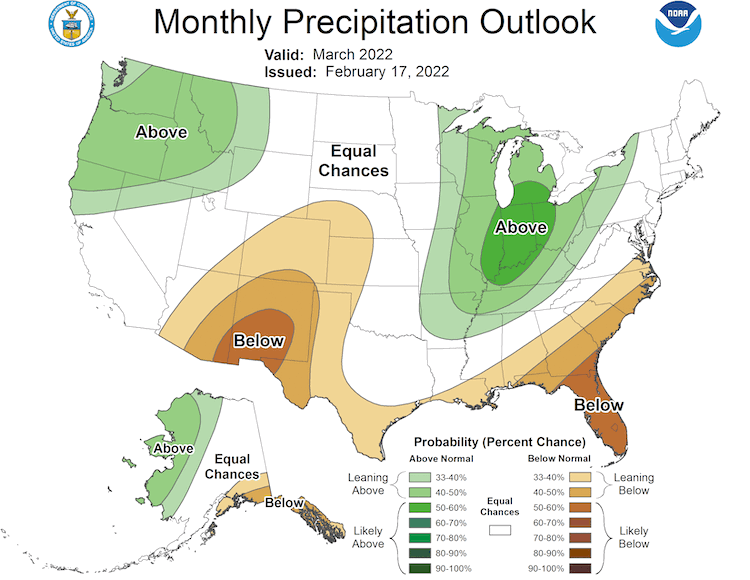
Figure 5. U.S. Seasonal Drought Outlook: February 17–May 31, 2022
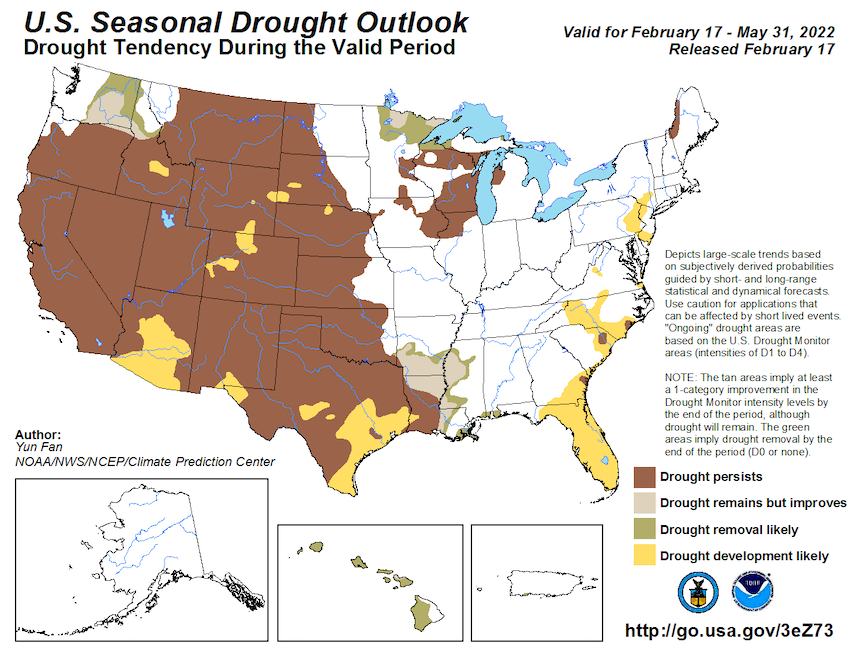
For More Information
- NIDIS and its partners will issue future updates as conditions evolve.
- A special thank you to the state climate offices in the central U.S. for providing local information on drought conditions and impacts included in the webinar and on this report.
- More local information is available from the following resources:
- View the recording from the February 24 National Weather Service Greater Mississippi River Basin Spring Hydrologic Outlook Webinar #2 for External Partners.
- Next month’s North Central U.S. Climate and Drought Summary & Outlook Webinar on March 17, 2022 will offer updated conditions, impacts, and outlooks.
Prepared By
Molly Woloszyn & Britt Parker
NOAA/National Integrated Drought Information System (NIDIS)
Dennis Todey & Laurie Nowatzke
USDA Midwest Climate Hub
Dannele Peck
USDA Northern Plains Climate Hub
Doug Kluck
NOAA/National Centers for Environmental Information
Melissa Widhalm
Midwestern Regional Climate Center/Purdue University
Ray Wolf & Audra Bruschi
NOAA/National Weather Service (NWS)
Kevin Low
NOAA/NWS Missouri Basin River Forecast Center
This drought status update is issued in partnership between the National Oceanic and Atmospheric Administration (NOAA) and the U.S. Department of Agriculture (USDA) to communicate a potential area of concern for drought expansion and/or development within the North Central U.S. based on recent conditions and the upcoming forecast. NIDIS and its partners will issue future drought status updates as conditions evolve.







